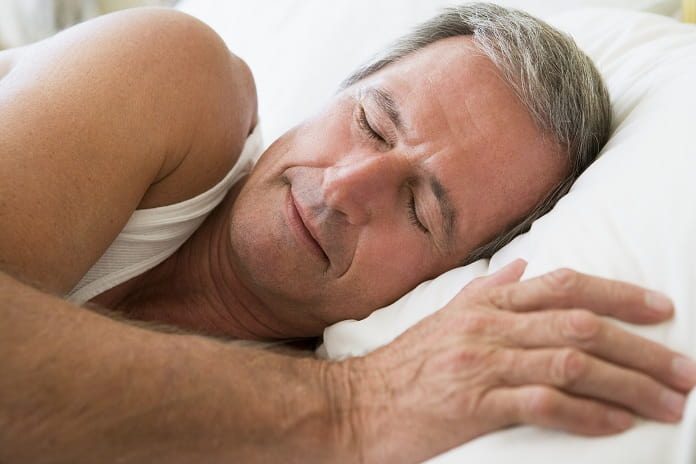A recent study by Hauer and colleagues investigated whether oxygen therapy can promote deep, restorative sleep.
The brain is very sensitive to circulating oxygen levels and can undergo permanent damage in response to hypoxia (low oxygen levels). Moreover, it has been shown that different oxygen levels can have a significant impact on brain activity. For instance, researchers have observed that exposing rats to hypoxia causes their brains to spend more time in arousal and less in sleep.
It is unclear, however, whether hyperoxia (high oxygen levels) can induce an opposite effect, where the brain spends a longer duration of time in deep sleep and less time in wakefulness. Investigating the effect of oxygen on the brain could help researchers identify the potential role of oxygen therapy in humans, particularly for individuals that have disrupted or unhealthy sleeping patterns.
In a recent study, published in the Journal of Neurophysiology, Hauer and colleagues investigated whether oxygen levels can modulate brain activity in naturally sleeping and urethane-anesthetized rats. In summary, they found that in response to high oxygen levels, both naturally sleeping and anesthetized rat brains remained in deep sleep for a longer duration of time.
Deep sleep, which can also be referred to as slow-wave or restorative sleep, allows the brain to clear metabolites, promotes muscle growth, and helps with memory consolidation. In other words, restorative sleep is necessary for optimal health as it allows the brain and body to recover from the day’s activities.
Consistent with other studies, the authors also found that low oxygen levels caused rat brains to remain in active or REM sleep for a longer duration of time. When these rats were subjected to normal oxygen conditions following hypoxia, they stayed in deep-sleep for a longer duration, in an attempt to catch up on lost deep sleep.
Collectively, these findings further demonstrate the ability of oxygen levels to regulate different levels of sleep. Specifically, high oxygen exposure induced deeper sleep, while low oxygen levels induced more active (REM) sleep. While these findings need to be confirmed in a human cohort, the current study does provide evidence for the potential use of oxygen therapy in humans that have disrupted sleep.
Written by Haisam Shah, BSc
Reference: Hauer, B. E., Negash, B., Chan, K., Vuong, W., Colbourne, F., Pagliardini, S., & Dickson, C. T. (2018). Hyperoxia Enhances Slow-wave Forebrain States in Urethane Anesthetized and Naturally Sleeping Rats. Journal of neurophysiology.



